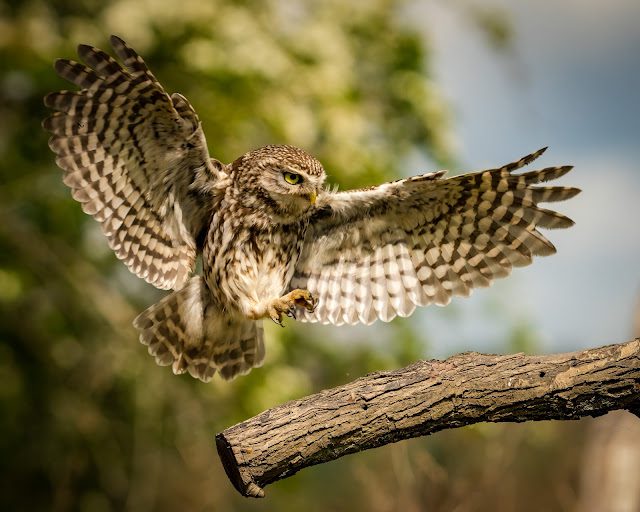
22 March 2023
in Nature
The story of the little owl and how it arrived in England

The story of the little owl and how it arrived in England
Little Owl (Athene Noctua) GB population 6,000 pairs
Length 22cm (adult) Wingspan 56cm Weight 180g Lifespan 15-16 years
“Sometimes referred to as the old world Burrowing Owl, the Owl of Athena or the Owl of Minerva”
The little owl is closely associated with the Greek goddess Athena and the Roman goddess Minerva, and hence represents wisdom and knowledge. A little owl with an olive branch appears on a Greek coin from 500 B.C. and on a bronze statue of Athena holding the bird in her hand.
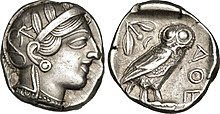
The lettering AOE next to the owl stands for Athena
Originally from the warmer parts of Europe, Central Asia and Northern Africa, the little owl is a non native species and was introduced into the United Kingdom in the late 1800’s and the South island of New Zealand in the early 1900’s. They are ‘daytime owls’, meaning they are active during daylight and often perch in the open. They have excellent eye sight. Their retina has lots of rods for night vision and enough cone cells for vision in daylight. Using perches near nests in open buildings, rock formations, natural savannah, cliffs and gorges. They like to eat insects, small mammals, birds and reptiles. They are all-year round residents of their habitats but become less active in the daytime after the chicks have fledged.

If food is abundant, little owls might have two broods.
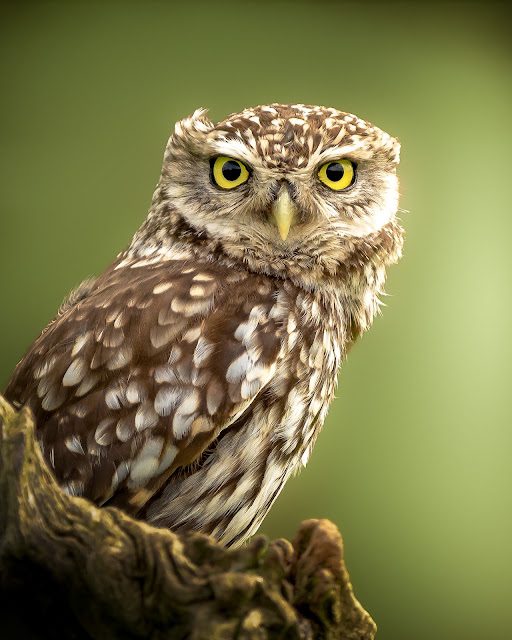
The big bright lemon yellow eyes of the little owl.
Males hold territories which they aggressively defend against intruders. Nesting in cavities the females will usually lay four eggs in the spring. The female does the incubation and the male brings food to the nest, first for the female and then for the newly hatched chicks. As the chicks grow, both parents will go hunting for food to bring them, then at about seven weeks of age the chicks will fledge the nest. The chicks won’t fly for another week.
The little owl is partly diurnal and often perches in plain sight of humans, especially if they have grown up in busier areas inhabited by humans such as farms or towns which makes them delight to photograph. I often visit three different private farms during the Spring when they are most active and use a pop up hide in the vicinity of the nest to photograph them hunting for food.
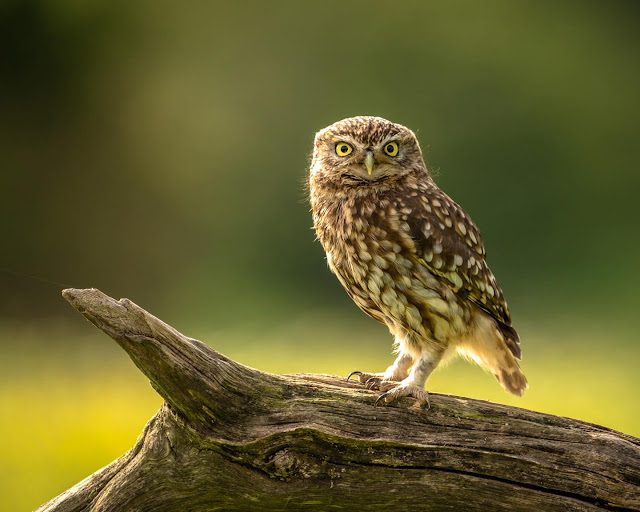
The only owl in the Uk that is often active during the day
The male little owl will normally remain in one territory for life. The boundaries of his territory can contract or expand depending on the food available and how far he has to travel to court a female. The home range area is the area the little owl will hunt for food in and this can range from 2 hectares in an area that includes a high diversity of habitats to an area that might be a big as 12 hectares on monotonous farm land. Although they can live 15-16 years, its usually harsh winters or collisions with vehicles that shortens their life to an average of 3 years.
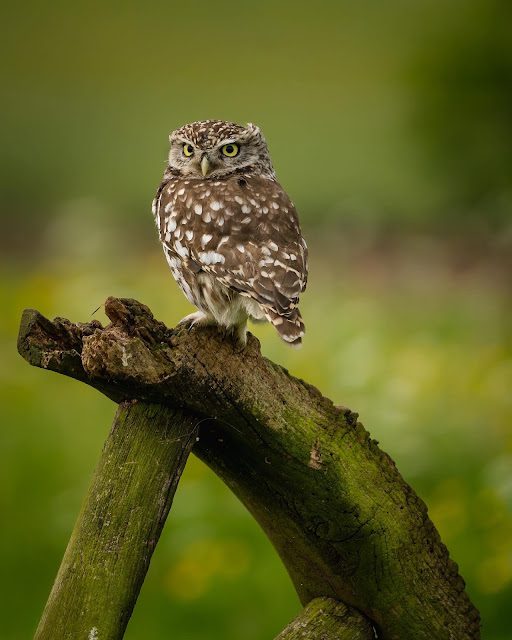
Farmland is a favourite for little owls, and they stay in a territory for life.
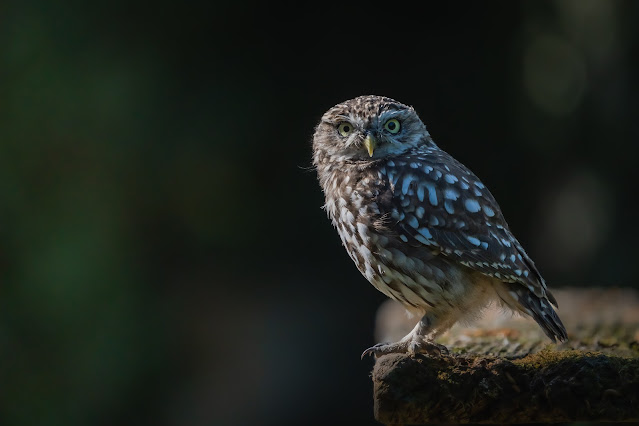
In the Autumn and Winter little owls become less active during the middle of the day.
In 1900, 50 years after the introduction of the little owls to England by Lord Lilford on his Lilford estate in Northamptonshire and by Edmond Meade-Waldo at Stonewall Park near Edenbridge, Kent the owls were under threat. They started to gain a bad reputation and were believed to be preying on game bird chicks and so game breeders started to eliminate them. In 1935 the British trust for Ornithology began a study into the little owl’s diet by studying the pellets of indigestible stomach contents. The report showed that the little owls feed almost entirely on insects, inveterbrates and small mammals and posed no danger to game birds.
How can we help little owls?
With numbers declining due to aggressive farming and our ever growing town areas, like all of wildlife, the owls could do with our help. If you have a large garden, a field or farmland you can build a nest box close to a sighting and report any sightings to BTO .The UK Little Owl project is a project dedicated to little owl research ands conservation. Established by Dr Emily Joachim in 2015 with the goal of teaching more about UK little owl ecology.
With numbers declining due to aggressive farming and our ever growing town areas, like all of wildlife, the owls could do with our help. If you have a large garden, a field or farmland you can build a nest box close to a sighting and report any sightings to BTO .The UK Little Owl project is a project dedicated to little owl research ands conservation. Established by Dr Emily Joachim in 2015 with the goal of teaching more about UK little owl ecology.
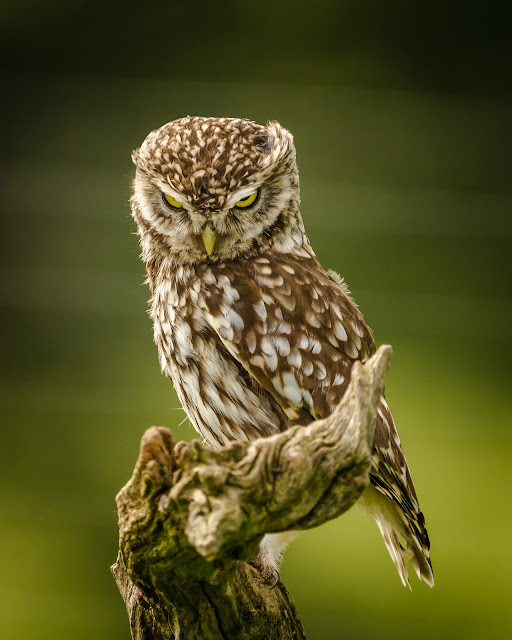
Thanks for reading!
If you have anything to add or ask me please use the comments below!
You may also like
Where to photograph Atlantic Puffins in the UK
Where to Photograph Atlantic Puffins in the UK Atlantic puffin (Fratercula artica) GB Population 580,000 pairsLength 26-29cm Wings
18 July 2024
in Nature
Eurasian Otters on the Isle of Mull: A Bucket List Encounter
As I am standing on the rugged shores of the Isle of Mull, the mist rolling in off the Atlantic, suddenly a sleek shape glides eff
23 March 2023
in Nature
Red Squirrels – where have they all gone?
Red Squirrels – where have they all gone? Red Squirrel (Sciurus Vulagris) Great Britain population 140,000 Length 21cm (adul
Featured Posts
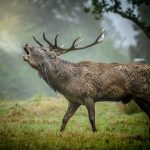

Photographing Red Deer In Great Britain
29 March 2023
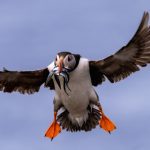

Where to photograph Atlantic Puffins in the UK
29 March 2023
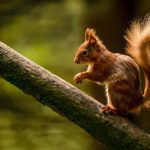


Red Squirrels – where have they all gone?
23 March 2023
GET SOCIAL
INSTAGRAM
@snowboard.paul
@macro.paul
TWITTER
@paul__browning_
FACEBOOK
@snowboardpaul
@macro.paul.surrey
Get in Touch
GET SOCIAL
INSTAGRAM
@snowboard.paul
@macro.paul
TWITTER
@paul__browning_
FACEBOOK
@snowboardpaul
@macro.paul.surrey
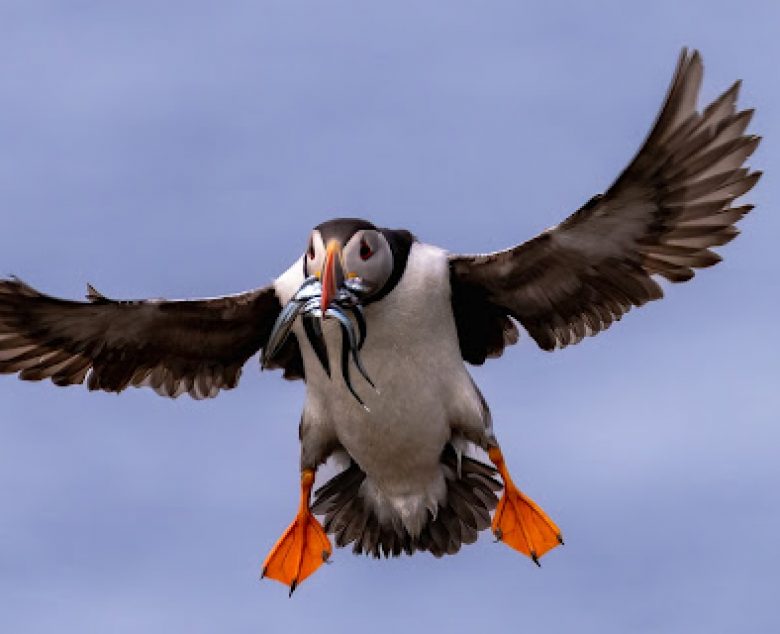
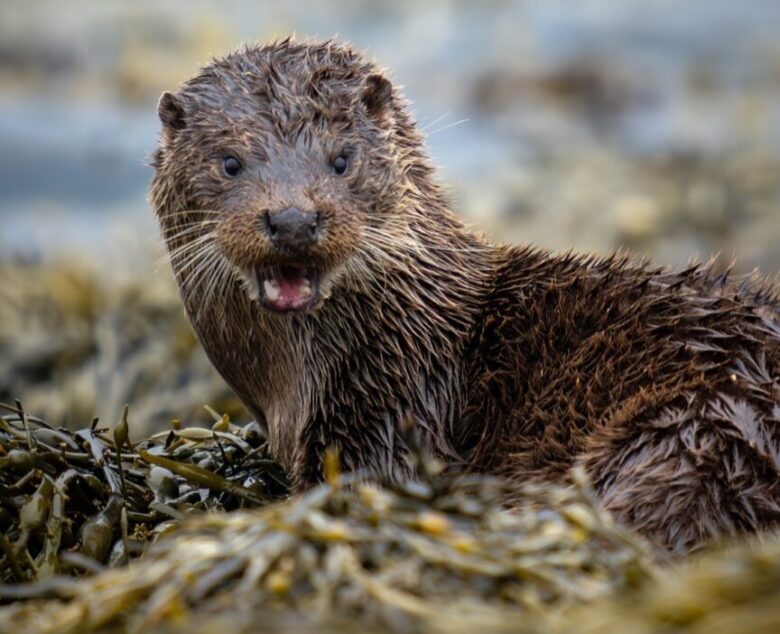
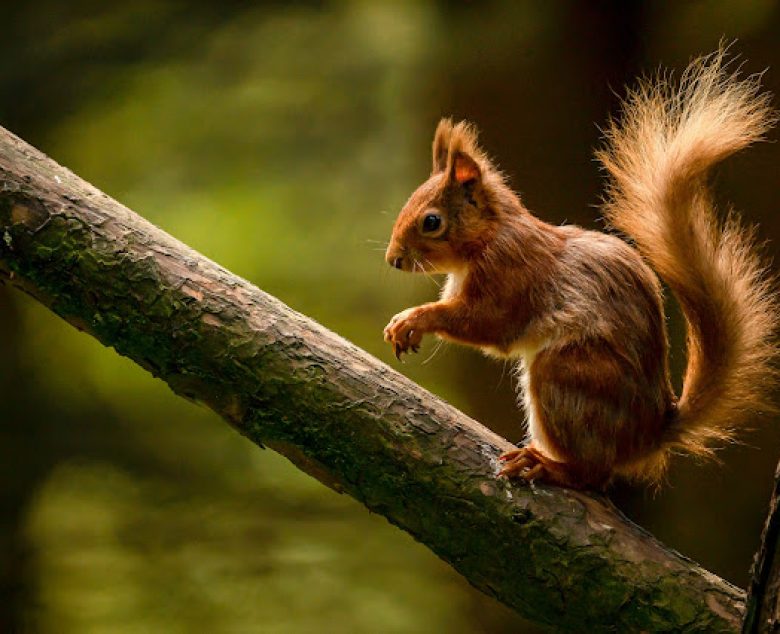
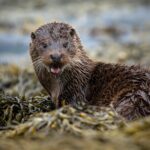
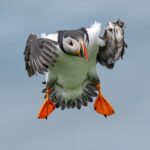
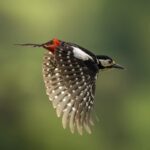

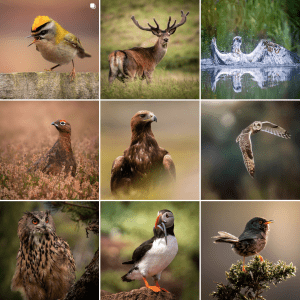

Leave a Reply